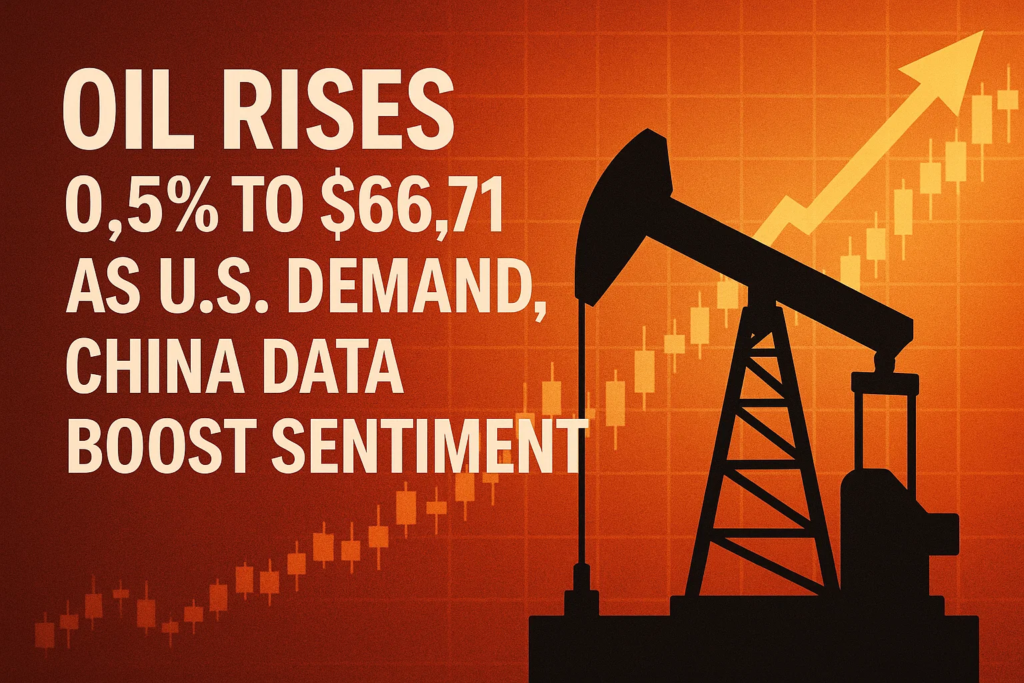Oil prices rebounded Thursday, ending a three-day slide, as upbeat economic signals from the U.S. and China boosted market sentiment. Brent crude futures rose $0.24 (0.35%) to $68.76 per barrel, while U.S. West Texas Intermediate (WTI) gained $0.33 (0.5%) to $66.71 by 0457 GMT.
Support came from better-than-expected U.S. crude inventory data, with stockpiles falling by 3.9 million barrels to 422.2 million, significantly more than analysts’ forecast of a 552,000-barrel draw, according to the Energy Information Administration (EIA). The draw suggests stronger refinery throughput and higher consumption, a welcome shift for bulls betting on resilient summer demand.
In China, June data showed 8.5% year-on-year growth in crude oil throughput, indicating increased domestic fuel use. This performance helped ease concerns over China’s slowing economic growth, which had weighed on energy markets earlier in the week.
Trade Outlook Improves on Softer Tone
Market sentiment was further lifted by renewed signs of easing global trade tensions. U.S. President Donald Trump hinted at progress with several nations, including trade pacts with Indonesia and Vietnam, and suggested a possible deal with India was nearing conclusion.
On China, Trump softened his tone by allowing the sale of AI chips and expressing optimism on negotiations over illicit drug trade. He also proposed 10%–15% tariffs for smaller nations, significantly lower than previously feared blanket measures.
Positive trade developments include:
- New deals signed with Indonesia and Vietnam
- Trump hints at near-finalized agreement with India
- AI chip export ban to China lifted
- Discussions with Europe reportedly back on track
These developments were seen as potential catalysts for improved global demand and a less fractured trade environment—both supportive of oil prices.
Mixed Inventory Signals Limit Gains
While crude inventories declined sharply, gasoline and diesel stockpiles rose more than expected, signaling possible weakness in consumer demand heading into peak summer travel season. Analysts at ANZ cautioned that this could temper the bullish momentum, especially if discretionary driving slows.
Separately, the Federal Reserve’s latest economic survey indicated that while activity picked up recently, the outlook remains “neutral to slightly pessimistic” due to pressure from import tariffs driving costs higher.
Looking ahead, traders will watch for:
- U.S. retail sales data and industrial production
- Additional trade announcements from Washington
- Further inventory trends to confirm demand strength
With key economic indicators showing resilience and diplomatic language shifting, oil markets appear poised for cautious optimism in the near term.


